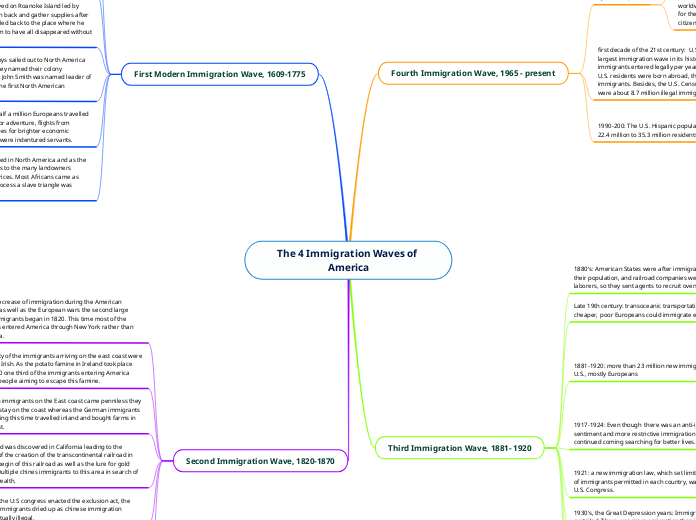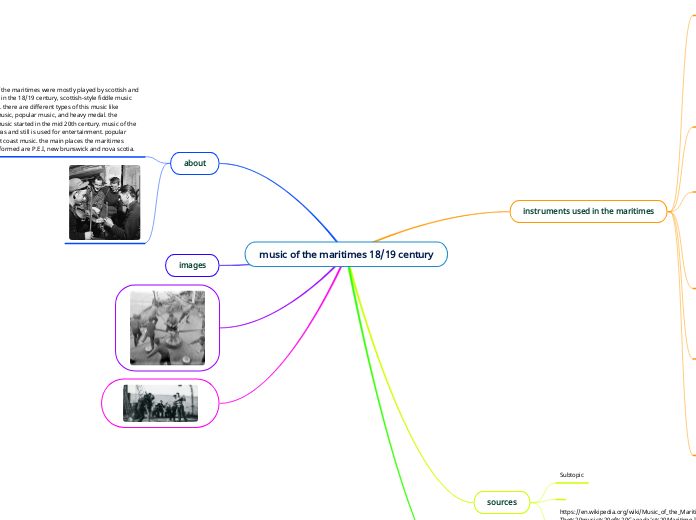von Violeta CLA Vor 2 Jahren
683
The 4 Immigration Waves of America
During the second wave of immigration from 1820 to 1870, a significant number of Irish and German immigrants arrived in America. The Irish, often arriving penniless, settled on the East coast, while many Germans moved inland to the Midwest, purchasing farms.









